The Old World Order : Part 6
Please re-read parts 1 - 5 which have been updated to include additional and more accurate information.
We return to the overall timeline of the messengers - the period after the time of Jesus, and the new Christian system appropriates all the Heathen holidays and repurposes them. New churches are built on the old Pagan Kyrko’s, Rasti’s and other previously existing ‘sacred’ sites to do with breeding or information. The Catholic Church, which currently makes up just under half of all Christians worldwide traces its origins to the time of the Ministry of Jesus circa AD 30, also known as the ‘Apostolic Age’, with the first Pope being one of the apostles – St. Peter. In AD 200 Under the leadership of Irenaeus, bishop of Lyon, the basic structure of the Catholic church was put in place, and a system of governance of regional branches under absolute direction from Rome was established. The basic tenets of Catholicism are also formalised, including the absolute rule of faith. In AD 313 the Roman Emperor Constantine legalised Christianity, and moved the Roman capital to Constantinople, leaving the Christian church to be the central authority in Rome.
The locations of Rome and Byzantium were lasting power centres first created by Rasul and Sultan All-Fathers leaving Crete to establish their own capitals by copying the model of Sven and Dan prior to the arrival of the first Pharaoh in Egypt circa BC 3000. So these places were already seats of power long before re-legion came to them. During the Roman period the empire is run in two halves; the East Roman Imperium and the West Roman Imperium – the Western side is based on Rasul’s ‘Jupiter’ system, and the Eastern on the Sultan’s ‘Zeus’ (say ‘Say-oos’) system – these would be the foundations of the cultures we would refer to today as the Romans and Greeks, which were contemporary with each other. During this period both locations receive periodic influxes of new people travelling south from the Aser-created Vaner populations of Gotland. Meanwhile, the main Aser gods back in Odenma are continuing as usual in creating their two families of Piruuet and Ruuset (the Rose family) – some of whom branch off and travel South becoming the ‘Et-Rus-Ki’: ‘Famliy-Rose-Key’, or – the key to the Rose family, also known as the Etruscsans who were a Gothic tribe from the north.
In AD 325, as mentioned in the previous chapter, the First Council of Nicea in convened, and the following year the Constantinian basilica was built over what was believed to be the tomb of St. Peter. All information now came in the form of writing from the Pope in Rome. Roman Catholicism became the official religion of the Roman Empire in AD 380, yet a mere twenty years later in AD 400 the Roman Empire begins to collapse. Yet rising in its place is the new business-empire of Christianity, headed by the Catholic church. The formation of which tipped the balance of power in the entire Western world South towards Rome, which in turn effected many other changes in the way things were done in Europe including its social structure, economy and trading practices.
The original global distribution network had been since time-immemorial made up from a network of Eurasian trade routes, better known as the Silk Route. Officially active from the second century BC, although many suspect it to have been in operation for much longer, and traditionally administered from Bockland by Gothic Aser tribes – which had its name changed to Gotland also in the year 400. According to information from the Bock family; the Silk Route began in Ki-Na (China) where goods arrived from all over Asia, which were then exported to Vijanagara - Hindustan, in the modern location of Hampi, in the Indian state of Karnataka; from there they were distributed to the ports of Jaipur in Rajasthan [where the people of Narkassur would have once played their part], Agra in Uttar Pradesh and also Delhi – all of which was undertaken by elephant. Goods were then taken by camel caravan to the Caspian and Black seas from whence all goods were further transported by ‘Laxormbåtar’ – which are small wooden boats that can easily be carried on foot over rapids and other obstacles. In a literal translation, a ‘Lax-Orm-Båtar’ is a ‘Salmon-Snake-Boat’, and we can see how the English Boat comes from the Root ‘Båt or Båtar’. We can also observe here that the Root ‘Orm’ meaning Snake, is also the root of the English Worm. These nimble vessels, also known as ‘Dragon Boats’ then carried their cargo onwards from the Black Sea using the Djnepr river-system, which climbs through modern-day Ukraine, not far from Azov / Ashov non-coincidentally, and links with the Dniester; and from the Caspian Sea using the Volga – which then links with Lake Ladoga which is part of the ‘Volga-Baltic Waterway’ and close to modern-day Russian St. Petersburg – him again! From there the final legs are west along the Baltic, into the Finnish gulf and presumably a few crumbs make it as far as the British Isles eventually.
The Mediterranean Christian business machine latched its tentacles to the trade routes, and in a power move they deflect the stream of goods from Asia arriving at the Black and Caspian Seas, and direct it in the direction of the west Mediterranean, and ultimately to the Atlantic coastal route northwards. This move shifts the balance of trade as well as power to southeastern Europe and away from the north. The Danish Vikings were absolutely livid, the northern trade route had been decapitated, and the role of Gotland as its hub rendered obsolete. We should note here that these ‘Vikings’ are the latter-day descendants of the original pair of brothers Sven and Dan who broke from the Aser system and became the ‘Vi = V/We/2 – kings’, from whom they named – these are the Vikings that everyone has heard of. In retaliation and an attempt to tip the balance of things back in their favour, they raid and successfully conquer Gotland, and reinitiate trade, except they now operate the system in an opposite fashion, exporting goods down the Silk Route for gold. The official narrative claims that these Viking traders were mostly from present-day Sweden [Svenland / Svearland], calls them ‘Varangians’, and credits them with the establishment of the state of Kieven Rus amongst others. So fearsome were they, that from the tenth to fourteenth centuries they served at the elite bodyguards to Byzantine emperors called the Varangian Guard. The term is purportedly derived from Old Norse ‘Væringi’, which is comprised of ‘Vár’ meaning a Pledge or Faith, and ‘Gengi’ meaning Companion – giving ‘Sworn Companion’ or ‘Confederate’, and extended to mean a foreigner who has taken service with a new lord by treaty or fealty. However, it eventually proves useless as the expanded sphere of influence of the Orthodox church in Khazaria (Ukraine) and Russia means that trade routes to and from the Mediterranean eventually become favoured over northern ones, meaning that Gotland had once and for all lost its primacy as the main trading hub of goods transported from Asia into Europe.
In AD 551 at the Council of Chalcedon, the head of the church in Constantinople was declared to be the head of the Eastern branch of the church, equal in authority to the Pope. This effectively started the division of the church into its Eastern Orthodox and Roman Catholic branches.
According to mainstream dating, the Prophet Mohammed / Muhamad was born in AD 570 in Mecca, Saudi Arabia to parents Abdullah ibn Abd al-Muttalib (father) and Amina bint Wahb (mother). However, Bock Saga tells a different story; datings are never absolute but this story recounts how a son of Bock leaves Odenma on an expedition to Arabia, or ‘A-Rabi-A’ (where the Rabi of the Aser once populated) around AD 500, or in the 6th century. His name was ‘Moham’, and he created a new information and breeding system in this part of the world – where it is logical to speculate he got the title of ‘Rasūl Mohammed’ in a nod to the old All-Father, which makes sense if he was the head or founder of an entire breeding system. The modern rendition of his name contains a confusion in terms, with the last sound or syllable actually being a separate word; in modern use the sound ‘Ed’ has been added to the end of ‘Moham’ – this is actually a corruption of the Root Et (Ätte), meaning Family – so ‘Moham-Et’ would mean the Family of Moham, which again makes perfect sense with him being a progenitor.
The rest of the sounds which make up the name of Moham similarly hold more logical clues, which we can break down in reverse order as follows; ‘M’ or the sound ‘eM’ means The Moon, and via the moon’s association with Ra denotes that he is the King / Leader; the sound ‘Ha’ means to Have; and the sound ‘Mö’ means a Virgin or Virgins. So ‘Moham’ means the King who has Vigins – making the full name of ‘Mohammed’ mean – the Family of the King who has Virgins. Both these explanations make perfect sense in that he would have been All-Father to his own people, the virgins being his harem of stem-mothers.
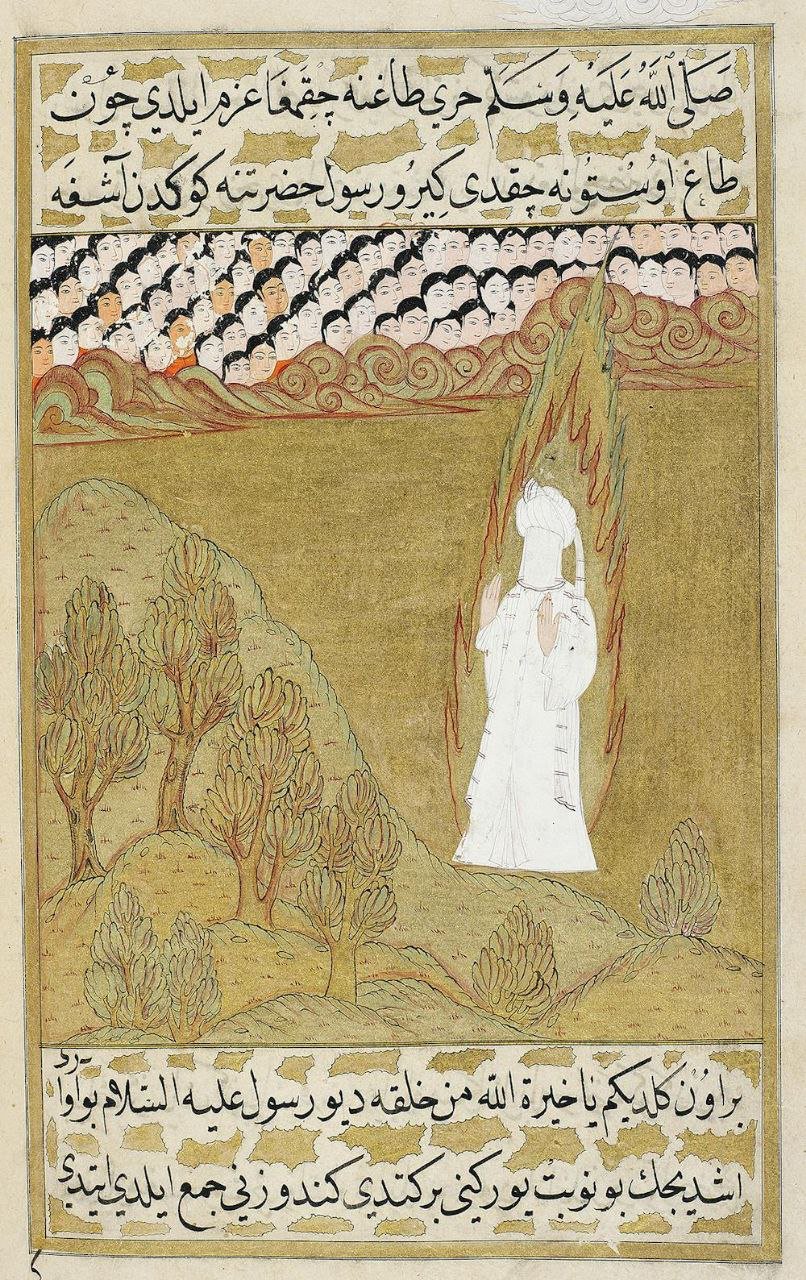
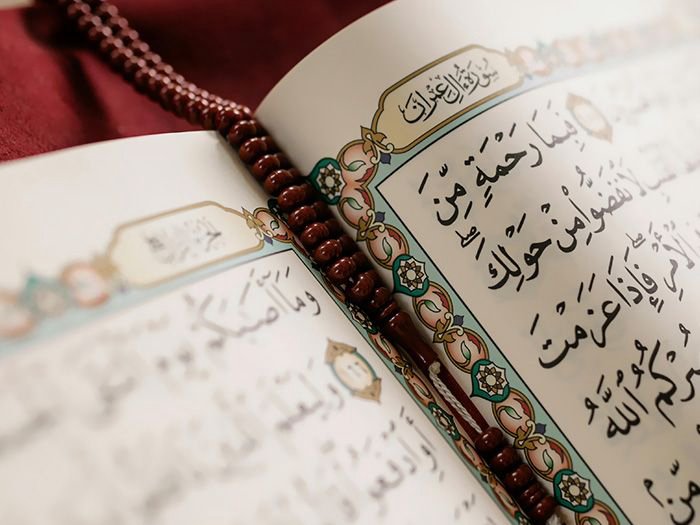
Based on the Torah, and using exactly the same root sounds and logic – he was educated in Odenma after all – Moham creates his central religious text the ‘Quran’ [Romanised as ‘Qur’an’ or ‘Koran’] – Arabic is a Semitic language, just like Hebrew. Just as the Torah is comprised of ‘Tor’ + ‘Ra’, so the Quran is comprised of ‘Q+Ra+N’ or ‘Ku+Ra+N’, which when expressed in reverse gives Knowledge of Ra the Moon, or Knowledge of Ra the King. The dynamic energy part of Ra is not expressed directly in the name – apart from to those in the know – but it is certain that he understood the concept fully due to his origin. Muslims believe the Quran is the book of divine guidance and direction for mankind, they consider the original Arabic text the final revelation of Allah. As mentioned in a previous chapter, the term ‘Allah’ meaning God is derived from the Van / Finnish word Jumala (say ‘Yoo-mah-lah’) - also meaning a god, except there is now no need for the feminine counterpart of ‘Jumalatar’, meaning goddess.
When Moham arrives from the artic, he brings with him some animals that the people from this part of the world had never seen before – one of the creatures* created during the ice age in Hel – the Sheep, and it’s young the Lamb. So we can say that Moham brought the lamb from the land of the ice; the ‘Ice-Lamb’; the Islam. * We can note here that the probable reason for there being the separate terms of ‘Creature’ and ‘Animal’ are that ‘Creatures’ were ‘Created’ or bred / engineered from pre-existing wild animals, and as with many things the reasons for the differing terms become lost and we end up with several words for the same thing – as we have discovered with ‘Mating’ and ‘Breeding’ for example. The ‘Animal’ is related to the true definition of ‘Normal’ (Form of the North) via the ‘Mal’ part which is the Form, but adding ‘Ani’, as in Animated, as in a moving form as opposed to a static one, or object gives us ‘Animal’ – a moving form. We also note that in using the sheep in this way there is parallel with the Jesus story, which means both figures were ‘Shepherds’ to their own respective flocks.
The adherents of this new information and breeding system became known as ‘Muslim or Moslem’, and it is the second of those two variants which holds the logical understanding; which is as usual to do with breeding, and is constructed from a feminine and masculine component. The first part of ‘Mos’ links back to the ‘Mö’ sound as found in the name of Mohammed meaning – Virgins, and the second part of ‘Lem’ is firstly a fragment of Lemminkäinen (who was the breeder in the original system) and secondly meaning a Limb, as in a breeder’s penis. So the term for the adherents of Islam refers to how they themselves are created within the breeding system created by Moham – which created the Ed / Et / Ätte or family. We can also observe how the original accent on the ‘Ö’ in ‘Mö’ has influenced the other spellings of both ‘Muhammad’ and ‘Muslim’ with a ‘U’ in languages that don’t have this character. It would seem logical to posit that the real reason why drawings of the Prophet Mohammed are prohibited is because of his arctic heritage which would make him Caucasian, a fact which would undermine the legitimacy of later Muslim rulers and their dynasties. Moham also increases people’s freedoms and breeding capacity by allowing the men to take up to four wives if they wished – this allowed them to spread rapidly and populate a large swathe of the planet in only a couple of hundred years.
Moham was the last of the messengers / prophets / emissaries to leave Odenma. The group consisting of various generations of the same Aser family of gods including; the first Pharaoh, Krishna, female Moses, Jesus’ parents, and every incarnation of Buddha. Some left on official business then suffered huge ego trips when it became apparent how much more advanced in knowledge they were compared with the people of the Ten Tropical Kingdoms – I guess the temptation was too great. Others carried out their mission but just never came home, and one left in his mother’s womb. It is extremely ironic that the shame that forced Jesus’ parents into exile from Odenma was inverted into ‘Divine Conception’, especially given the amount of shame that was then forced on people by the Church in later centuries regarding genitals, bodily functions, sex, reproduction and a lot more besides. It is also ironic that by the rules of the Church, Jesus would actually have been considered a Bastard.
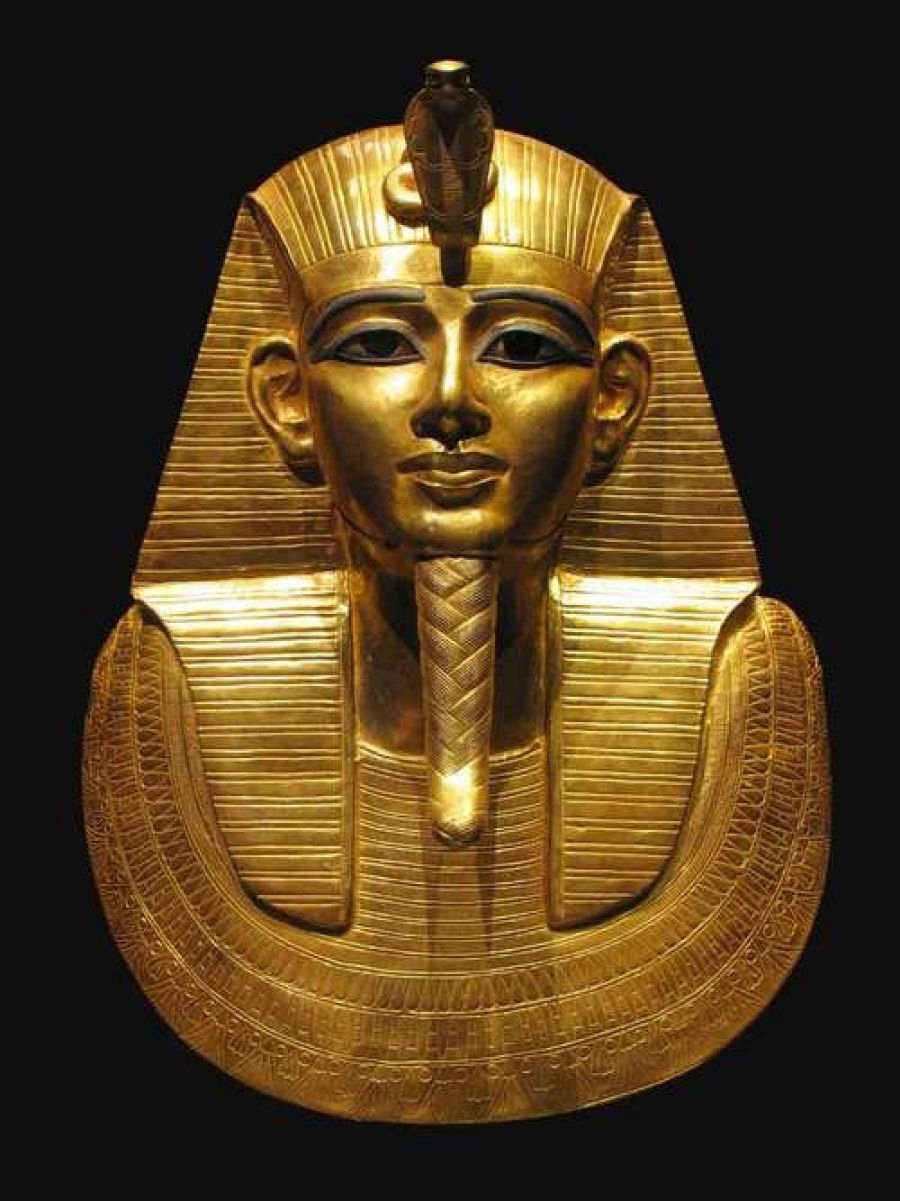
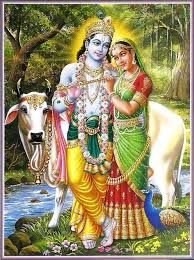
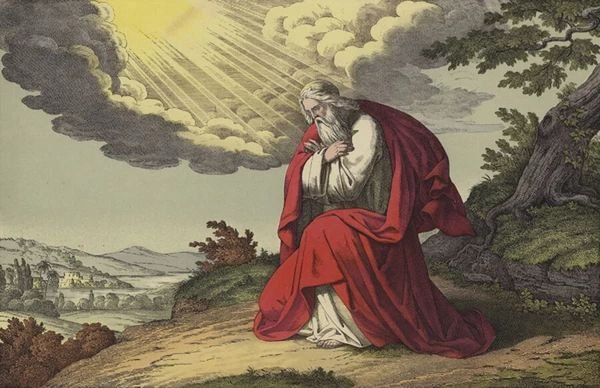
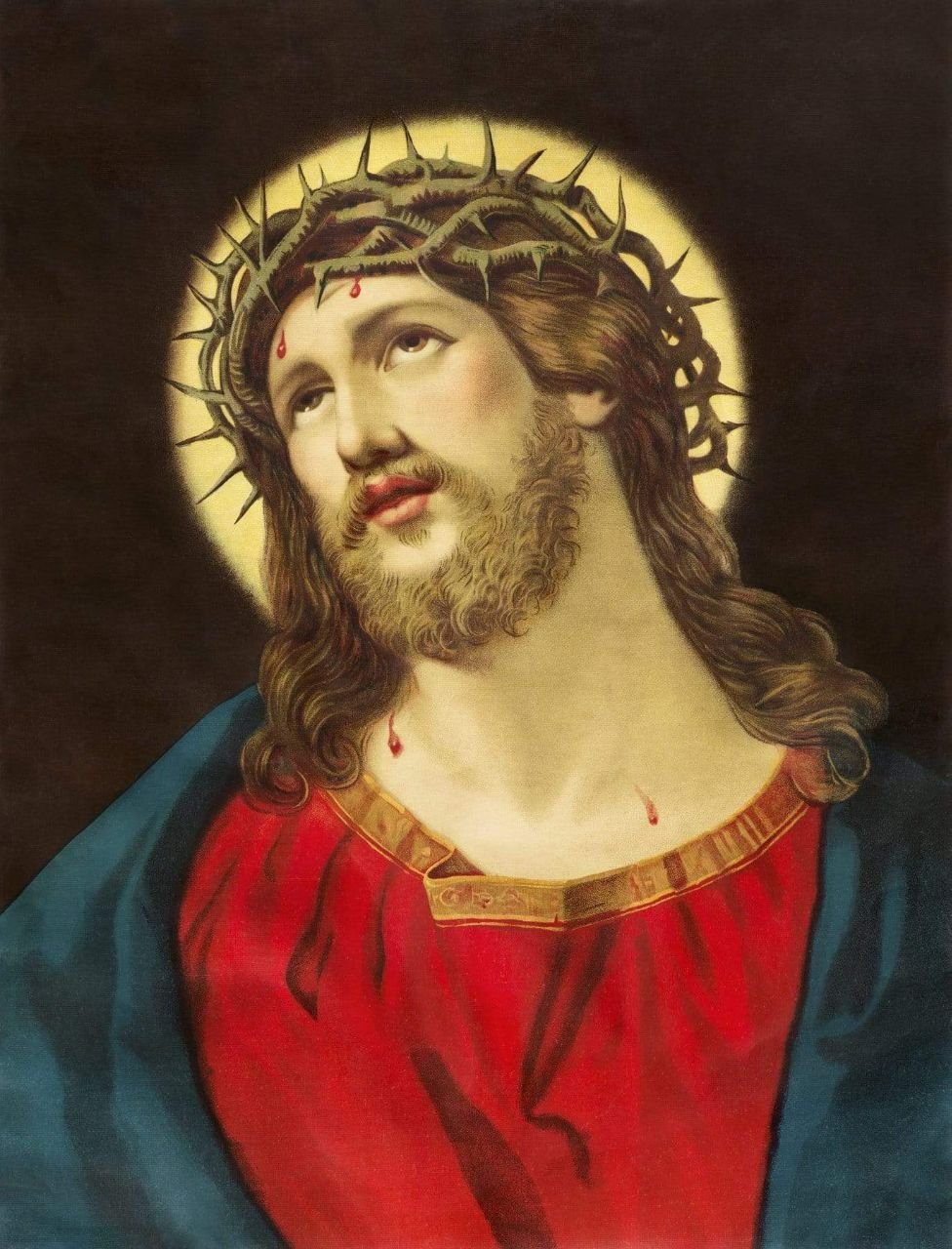
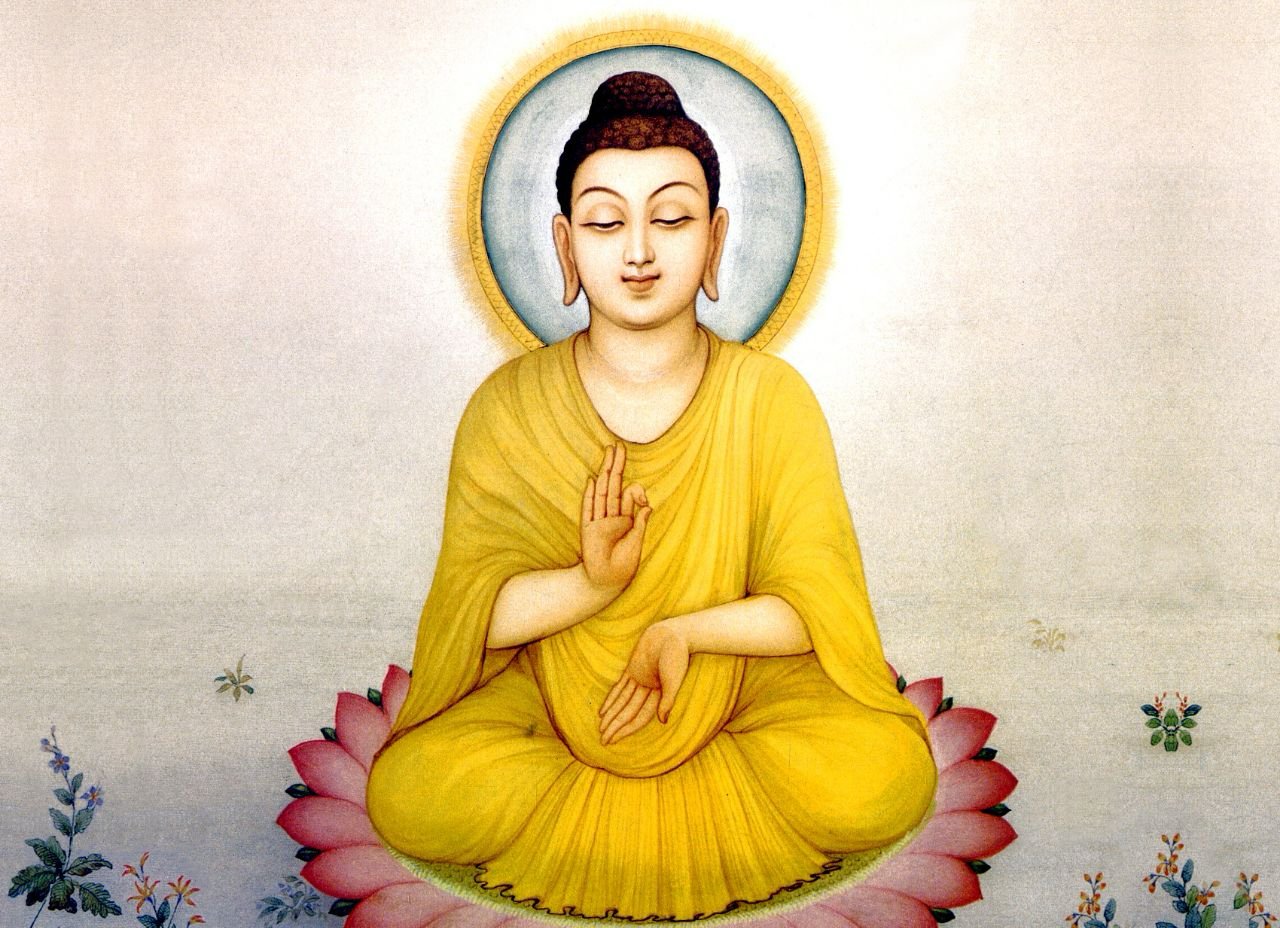
Mohammed officially died in AD 632 at the age of 62, and during his lifetime also saw the official beginning of Catholic Church in AD 590, during the time of Pope Gregory I. This time marked the consolidation of lands controlled by the authority of the pope, and thus the church’s power into what would become known as the ‘Papal States’. In AD 800 Pope Leo III crowned Charlemagne: Emperor of the Romans, reviving a title that had not been used in Western Europe for over three-hundred years, which created the ‘Carolingian Empire’, whose territory became known as the ‘Holy Roman Empire’.
Before we continue into the Dark Ages and beyond, I want to first introduce a fascinating word study which relates to the goat. Whilst walking round a completely ruined castle once with a friend, somehow we ended up talking about the city of Hereford in England. He said – “I wonder if the West part of Haverfordwest (Wales) was added to distinguish it from Hereford?”. To which I immediately replied – “No, the first parts of the words are different, and the Welsh translations are different!” However, when I got home and looked it up, lo and behold – he was right. It turns out that back in the day, both towns were called Herford originally, but then at some point the ‘West’ part was indeed added to distinguish it. This is when I learned that the ‘Her’ in Hereford and the ‘Haver’ in Haverfordwest both derive from the Old English word for a male goat which is ‘Hæfar’, or Heifer in modern English. I, like most associated this word with cattle, but as I discovered it was actually the old word for a male goat or Buck.
A ‘Ford’ is defined as a shallow place in a river or stream allowing one to walk or drive across, and it also means the action of doing such i.e. to ‘Ford’ a river, or ‘Fording’ a river. But if you add an extra ‘D’ and an extra ‘F’ you get the Welsh word ‘Ffordd’ [note – in Welsh F = V, Ff = F, and Dd = Th with low end], and ffordd means Road in modern Welsh however, it’s literal translation is Way – which is what all of us in the British Isles had before the term road. Hence when we need pointing in the right direction we ask – “Which way?”. Some of the oldest surviving publicly accessible routes in Britain are still called ‘Byways’, and its only true heir is the word ‘Highway’ – which in common speak tends to be used more in the United States these days, we still prefer a good old road but it is still referred to in the former in official documentation such as the Highway Code.
So a ‘Her-ford’ or a ‘Haverford’ is a Heifer-ford, or a goat-crossing, but I’m betting it has a deeper meaning – something like ‘The way of the goat’. Names ‘Harford’, and ‘Havard’ the famous US college could perhaps be related terms, and may explain the real reason behind its prominence. The Welsh version of Hereford is Henffordd – ‘Hen’ means Old, which means the Welsh translation of Hereford means the Old Way.
If we start with ‘Buck’ or ‘Bock’ as in a male goat, we get Hæfar in Old English, from which I understand the Spanish word ‘Jefe’ to come – spelled with a ‘J’ but pronounced as if it were an ‘H’ in English and meaning Boss. Following this branch, we also get ‘Chief’ and ‘Chef’, spelled with a ‘C’, which mean the same thing in several languages including German and Danish, and then there are variations such as ‘Sef’ in Bosnian, ‘Sjef’ in Norwegian, and ‘Szef’ in Polish amongst others – the chef is the boss, or chief of the kitchen and the cooks. The Maltese word for boss is ‘Boxxla’, which links straight to Bock itself. The Welsh word for goat is ‘Gafr’, and in English slang a Gaffer is also a boss. The Welsh word Gafr is then similar to the Irish word Gabhar (say ‘Gavhar’), and the Scots-Gaelic Gobhar (say ‘Govhar’). These are but further illustrations of the common swapping around of B, F, P and V as we have seen many examples of. Many occur in Welsh mutations where the first letter will change depending on the last letter of the preceding word, for example ‘Fron’ which is a small rounded hill will become ‘Bron’ and so forth.
So Gafr, Gobhar and Gabhar link us with the Spanish Cabro – the ‘G’ has now switched for ‘C’ - meaning a male goat, ‘Cabra’ for a female – including ‘Cabron’ which is a male goat but also an insult. I think sound-system logic also sheds immediate new light on the mythic cryptid known as the ‘Chupacabra’ or Goat Sucker, which we don’t need to go into now. The Latin is Capra, where the ‘B’ has changed to a ‘P’, and following this branch leads us to ‘Capo’ or ‘Captain’ which are also titles for a person in charge. I also thought it was very interesting to find that in the Sesotho language spoken in Lesotho the word for goat is ‘Poli’ or Pol-i. All of which bring us full-circle back to ‘Bock’ meaning a male goat – which if we were to remove the ‘K’ would still say ‘Bock’ in sound. This would leave ‘Boc’, and with the option of pronouncing a ‘C’ like a ‘K’ or an ‘S’ will logically return a word that sounds like Boss.
Returning to the timeline of the prophets which meshes with European history, and everything discussed thus far contributes to Europe being plunged into what modern historians call ‘The Dark Ages’ – usually the 5th to 10th centuries. The complete removal of natural logic and natural law from the day to day lives of ordinary people at the hands of Re-legion, which was replaced with ‘belief’ in what was dictated to you, instead of understanding things caused not only economic, cultural and intellectual decline (as intended), but was also inversely proportional to the fall of the Western Roman Empire. The word ‘Economy’ not only represents the inversion ‘i-mun’ to ‘mun-i’ but also begins with the sound ‘Ek’ – meaning Oak (plus all its associated logic) strongly suggesting that it was a term from the past related to breeding. The original economy of internal wealth was thriving until the fabricators arrived, and as with most pre-existing systems, switched them to work in their favour – there was no economic downturn for the Church, no matter the fate of their flocks. The Church of England for example is still one of the biggest landowners in the UK (government and QUANGOs aside), and the largest landowner in the world is not some huge oil conglomerate but the Roman Catholic Church – yet they always seem to require donations from the already downtrodden to fix their damn roofs.
As broken down in a previous article, the word ‘Culture’ comes from a combination of ‘the cult of Tor’- the heart, and ‘Kulta-Aura’ relating to agriculture. But along with the term ‘Belief’ (coming from Be Leaf) we can see that not only was there a huge decline, there was also a kind of redefinition – the earlier pre-religious cultures had exactly that knowledge (Na) of Tor [Nature], of which widespread use made the ‘cult’ if you will – which meant the use of breeding systems et al, and other natural logic. Culture latterly came to mean the arts and other manifestations of human intellectual achievement regarded collectively, and / or the ideas, customs and social behaviour of a particular people or society. Breeding would have once been part of this as it was a social and collective endeavour, but that role passed to the Church when they took over officiating who would make children with whom. Lastly and arguably more importantly - the intellectual decline of the human race is undeniably inversely proportional to the rise of the Church. Having one’s entire reality dictated is not only different, but the opposite of understanding it on a personal and collective level within natural law – sadly the human race is still firmly within the grip of this unnaturally created ignorance. We still live in the business-world created from the primary inversions of good inside to God outside, which meant internal wealth was forgotten in favour of external, and ‘i-mun’ became ‘mun-i’.
The implementation of ‘the original lie’ paved the way for an entire reality based on lies, the logical outcome of which is the unnatural destructive nature of capitalism as a whole, and a population so bereft of critical thinking skills that it is totally unaware of its own enslavement within a matrix of bullshit. The simulation we indeed live in is powered by these untruths, original untruths which spawned whole systems of further control-based lies, including the modern-day entirely fraudulent financial system. Make no mistake, the darkest age humanity has ever lived through is right now, we have never been so ignorant and arrogant as a species than in the modern era. The worst part is that it was by the design of our fellow man – not the devil who we have exposed for the composite character he is, and not by the demons whispered into the ears of the believers by those wishing to exert more control and inspire yet more blind devotion. Believing in things that you can’t prove and forcing them onto others is extremely dangerous, illogical, unnatural and counter-intuitive, not to mention dumb as fuck! In many cases people are literally killing each other over these theoretical concepts including God and money (both unnatural inversions and both created to control a seriously dumbed down global population) we really are stupid.
During the following centuries the Church would extend its tentacles northwards in attempts at converting the still existing Heathen populations, while at the same time the Vikings were also fighting back – the last stands by Paganism were approaching. The remaining mission of the Church was to eradicate the last remaining bastions of Heathendom (the Crusades), and more specifically to permanently end the line of Aser in Odenma (Holy Grail). We can be in no doubt – if an institution that purports to be good wishes to eradicate all vestiges of human origins by murdering its progenitors, enslaving its kin and replacing its culture and logic with inverted unnatural facsimiles – then it is categorically full of shit, but more on that later. The Vikings, who have as a result been dis-labelled as barbarians (a term already covered as an inversion of nudity) were in fact only fighting back against the religion-monster which was slowly taking over the world, and as also repeatedly mentioned – many things become embellished, exaggerated or made outright lies when history is written by the victors.
The inhabitants of England at this time are the Anglo-Saxons who were largely descended from Dan and Dagmar of Denmark – remembering that this is ‘Äng-land’ – a Scandinavian term. The Anglo-Saxons had already been converted to Christianity by default since the Emperor converted in AD 313, and by extension all Roman lands converted too – but that had been eroding steadily since around AD 400, and remaining Romans assimilated into the English population. In AD 789 the Vikings begin raids in England, burning churches, stealing anything that isn’t bolted down and generally scaring the Christians as much as possible – and who can blame them when their heartland is under attack by the death-cult and their silly new sky-god backed up by the armies of the brainwashed and their ‘beliefs’, it must have been terrifying. The situation takes a turn for the worst for the Heathen in AD 830 when king Harald Klak Halfdansson of Jutland, Denmark converts to Christianity, and another domino falls.
Let the looting begin! Enter the legendary Viking Ragnar Loðbrók – sometimes Anglicised as ‘Lothbrok’ – which according to the mainstream means ‘Ragnar hairy-breeches’ but, according to Bock Saga sources means Lead trousers! According to legend he earned this title due to the unusual protective clothes he wore when tackling and killing a giant serpent that guarded the home of a lady named Thora Borgarhjort, who was the daughter of a Geatish Jarl named Herrauð, an act that also won him her hand in marriage – they would go on to have two sons together. Ragnar is an upper-class Danish Jarl [Earl], who succeeded Sigurd Ring as ruler, and in AD 845 he takes two-hundred laxormbåtar dragon boats and sails them down to France where they take the river Seine to Paris and absolutely ransack the city. He and his men burn all the churches and loot around three tons of silver and gold, which they load onto the boats and sail home with. Upon arriving back in Denmark with such an impressive haul of plunder he is hailed a hero and made king. With his second wife Kráka he sires five more famous sons; Ivar the Boneless, Björn Järnsida, Hvitserk, Ragnvald, and Sigurd Snake-in-the-Eye.
When he came of age, his son Björn Järnsida – which is Anglicised as ‘Bjorn Ironside’ - decides he’d like his turn and promptly sails a further sixty-five dragon boats back down to Paris in AD 855. The churches have only just been rebuilt, but that obviously makes no odds as he burns them all down again but not before plundering the lot of course. Keen to keep up the pace after destroying Paris, he then sails south and round the Atlantic coast and begins his next phase of terror by torching and looting all the churches and monasteries of coastal Portugal [the Port-to-Gaul] such as Lisbon, and other Moorish provinces. Next on the rampage list was Seville where churches and mosques are burned and looted, which was reached by river – but only after being initially driven back from the west coast of Spain by the local Asturians, and a Moorish fleet armed with ‘Greek Fire’ – which was essentially the flame-thrower of its time and comparable in composition with Napalm.
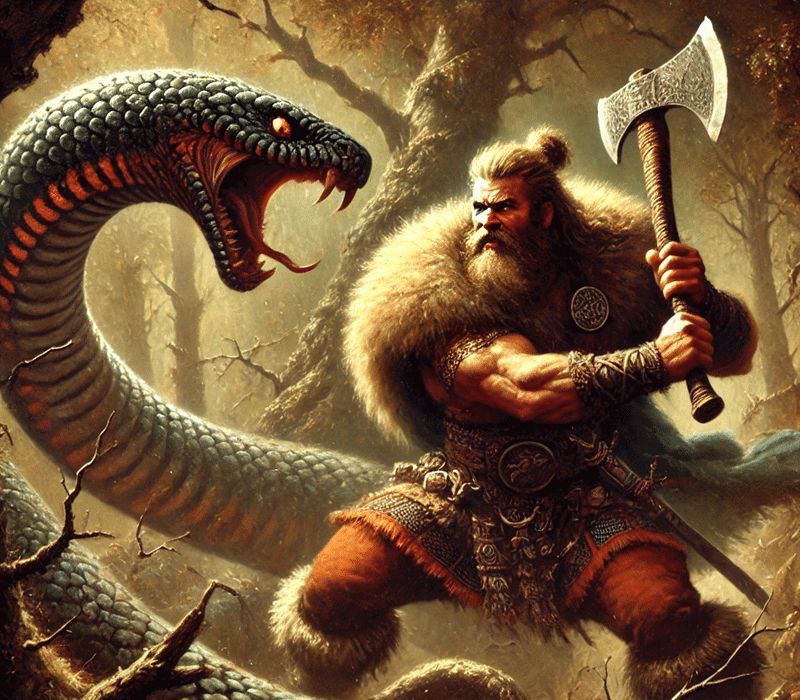
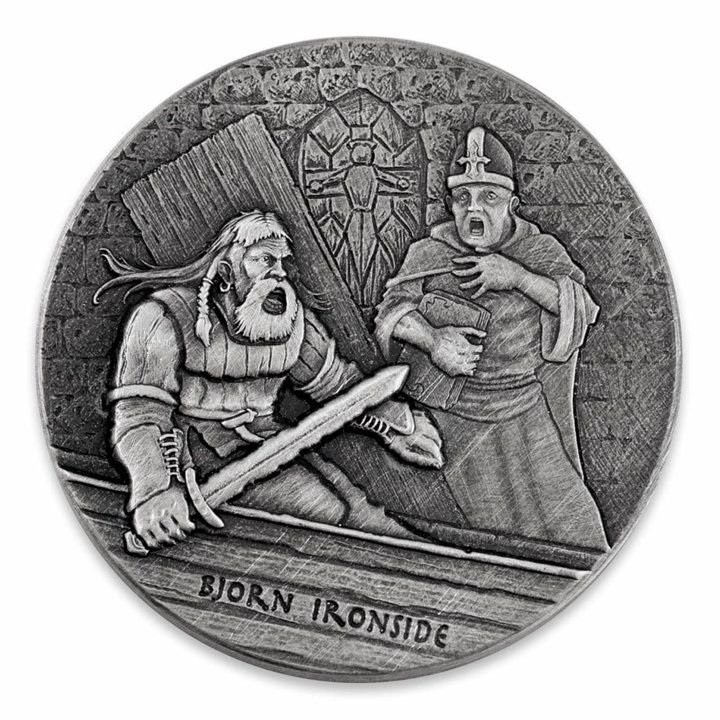
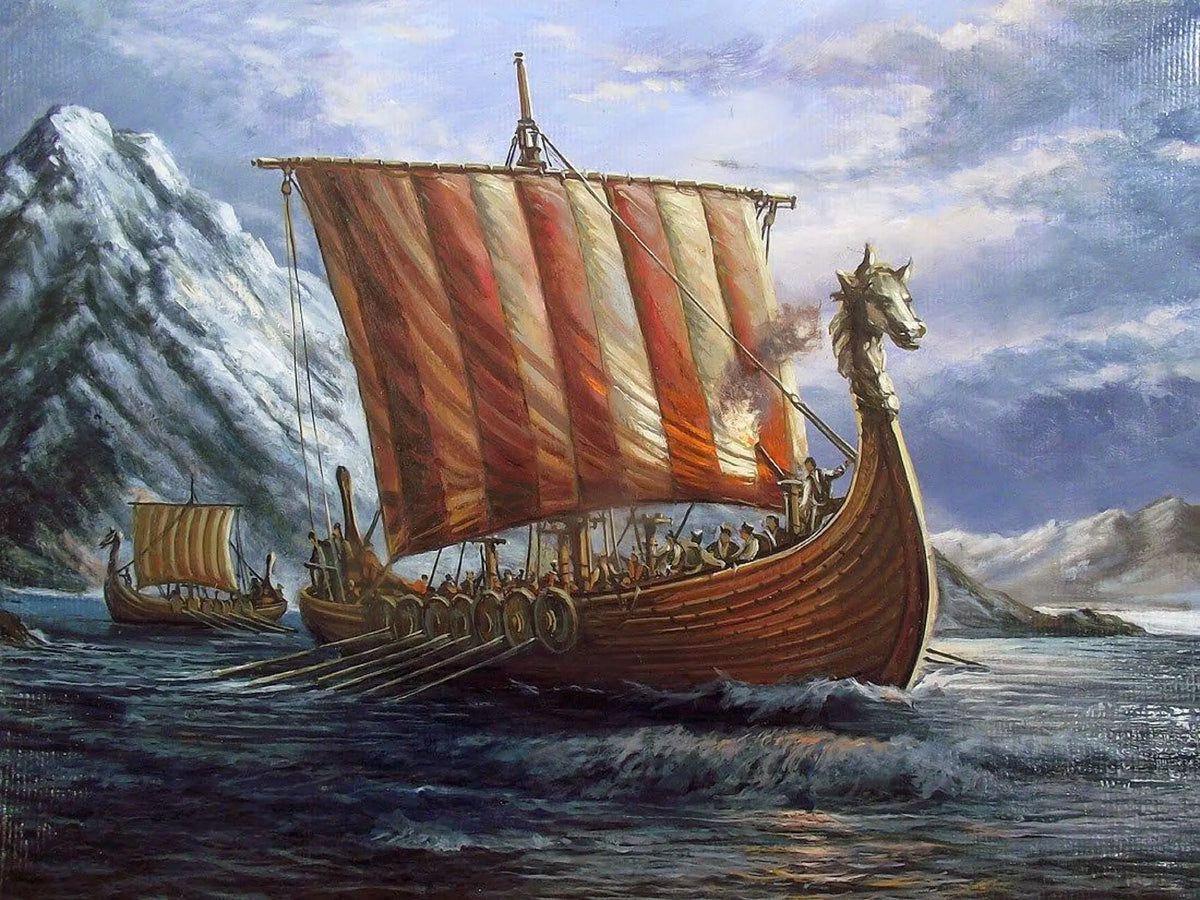
Björn and his sidekick Hastein then make some tactical decisions to free up more men for the pillage. They briefly leave the Mediterranean and sail through the Straits of Gibraltar sacking Algeciras. Here they burn down the great mosque and plunder the surrounding countryside, but also make it the base for their fleet. From here they then sail across to Morocco hunting the Trel / Thrall population. They target the Princedom of Nakur, near modern-day Al-Mazimma, where they terrorise the locals and kidnap Prince Said ibn Idris, along with many women and children for a ransom. Bock Saga adds further detail here stating that whilst in Northern-Africa, Björn Järnsida and his hoard first encountered then acquired some sub-Saharan ‘Blue men’ who were put to work as rowers in the dragon boats. Further raids then occur in Ibiza and the Balearic Islands, Barcelona, Narbonne (France), Avignon and then on to Italy and Pisa – he was a big chap so perhaps he leaned on the tower too.
After this he reaches what he assumes to be the gleaming marble of Rome, and has to come up with a clever plan to get round the fact that Viking raiding parties did not possess siege equipment or other items that would be useful in taking a walled city. A delegation party is sent to talk with city officials, whereby they convince them that they are but explorers and that their king, who had recently converted to Christianity had died, and could he have a proper Christian burial in the city as per his last wishes? The plan works a treat and as agreed the small band of Vikings masquerading as explorers turns up at the city gates with their dead ‘king’ played by Hastein, lying on a platform and covered with flowers. Hastein suddenly jumps up with his sword, kills the Bishop officiating the ceremony, and opens the gate to let the rest of his men in, who then proceed to ransack it. After going to all this effort Björn Järnsida declares himself “Conqueror of Rome”, at which point a local notifies him that he has in fact just conquered the city of Luna (Luni). This information enrages him so much that he has every man in the city killed, enslaves as many women and children as he can fit on his ships, and levels the whole place – it is unlikely the poor messenger kept his head either.
After a few years of this the people of the Mediterranean areas have had enough and are ready to defend further ports with their own fleets, as word of Björn’s exploits spread through the Christian world, so he decides to plan his exit. Mindful that he will probably be attacked near Gibraltar, and that his ships are fully laden with silver and gold which would render them too heavy for battle, and be at risk of being reclaimed – he sails to Alexandria in Egypt, where he has the lot melted down and cast into ingots, which he then has shipped home on smaller boats using some of the age-old trade routes of the Silk road including the Djnepr river etc. as detailed earlier. So with his lighter ships he makes his way to the Straits of Gibraltar, where a Moorish flotilla forming a defensive line is waiting for him. To break through the blockade, he orders his fleet into a spear head formation with his lead ship forming the tip, and they smash through the Muslim fleet – however, in the ensuing battle he loses a third of his ships and men. He and Hastein survive but don’t return home together, with Hastein staying in France. Björn returns triumphant to Gotland in AD 862, his gold and silver ingots waiting for him. He is hailed as a hero and crowned king of the Danish part of what we now call Sweden.
In the same year as Björn Järnsida’s return, yet another legendary Viking – this time from the line of Sven known as Lingaet – named Rurik, a Varangian chieftain educated in Odenma abolishes the heathen system of procreation in what will become the ‘Kievan Rus’ territory, which includes parts of modern-day Russia, Ukraine and Serbia – an area known to early Scandinavians as ‘Garðariki’, or Realm of Towns, where he was invited to rule over the Slavs following a period of disorder after a rebellion in the 850s to reinstate peace. The capital of this vast area is today known as ‘Novgorod’ (New-town) where Rurik is made the first ‘Czar’ of Russia in AD 862 and becomes All-Father of Kievan Rus people by initiating a king-system with a Crown-Prince etc. The title ‘Czar’ is actually exactly the same as the Roman Caesar; a ‘C-zar’, which works with either the Root or English pronunciations of the letter ‘C’.
His fortress there was a ‘Kremlin’, of which there are twelve remaining in various states of repair in the modern era including the imposing Nizhny kremlin in Novgorod which stands on a hill above the confluence of the Volga and Oka rivers, and its more famous counterpart in Moscow. It was on the site of the present-day Nizhny kremlin where Rurik built his earlier fortress of Holmgård, which is what the Northern Russian capital became known as. A ‘Holm’ is a small Island, and the ‘Gård’ is the land / territory within, from which the word Garden comes – Holmgarðr in Old Norse. This name makes sense as Novgorod sits on a flood plain, and settled areas would have presented themselves as islands protruding from the waters. However, there is another contender for the exact location of Holmgård, on the opposite side of the river Volkhov. Here we find a hillfort on an island, with a settlement around it called ‘Rurikovo Gorodische’, a military, administrative, trading and craft centre – this must be the place. Early visitors would have called the newer ‘Novgorod’ part over the river ‘Nygård’ or New settlement.
The classic definition of a kremlin is ‘a citadel within a Russian town’ or a ‘fortress within a city’ – but of course these are post-inversion definitions. Many of the surviving kremlins were built on the sites of older ones. As usual the logic is in the word itself; ‘Krem-lin’ means Cream-line – yes, that kind of cream. This means that these locations were once associated with procreation in the old system, and would be cognate to Kings Lynn in England – literally the breeding line of a king – but as previously discussed, their common ancestor is ‘Linna’ meaning Castle in Van / Finnish, as detailed in previous articles with its associations with breeding and Pagan baptism. A kremlin complex often contains a ‘Palace’ which begins with ‘Pål’, meaning Pole and denoting the penis of course. The Russian kremlins then are no different in that respect than the castles of Europe and Scandinavia; they were not built for defensive purposes because that is a post-inversion definition. Which should logically mean that the ‘eau’ in the French ‘Château’ is referring to the ‘water of life’. It is this authors’ opinion that Rurik having been educated in Odenma explains the connection between his family line of Lingaet, or more specifically it’s sub-branch Ynglingaet and the Slavic Yngling, or the Church of Old Believers discussed previously.
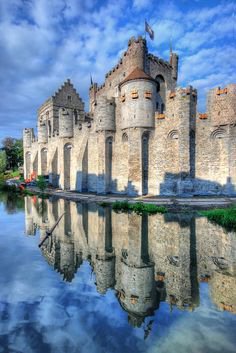
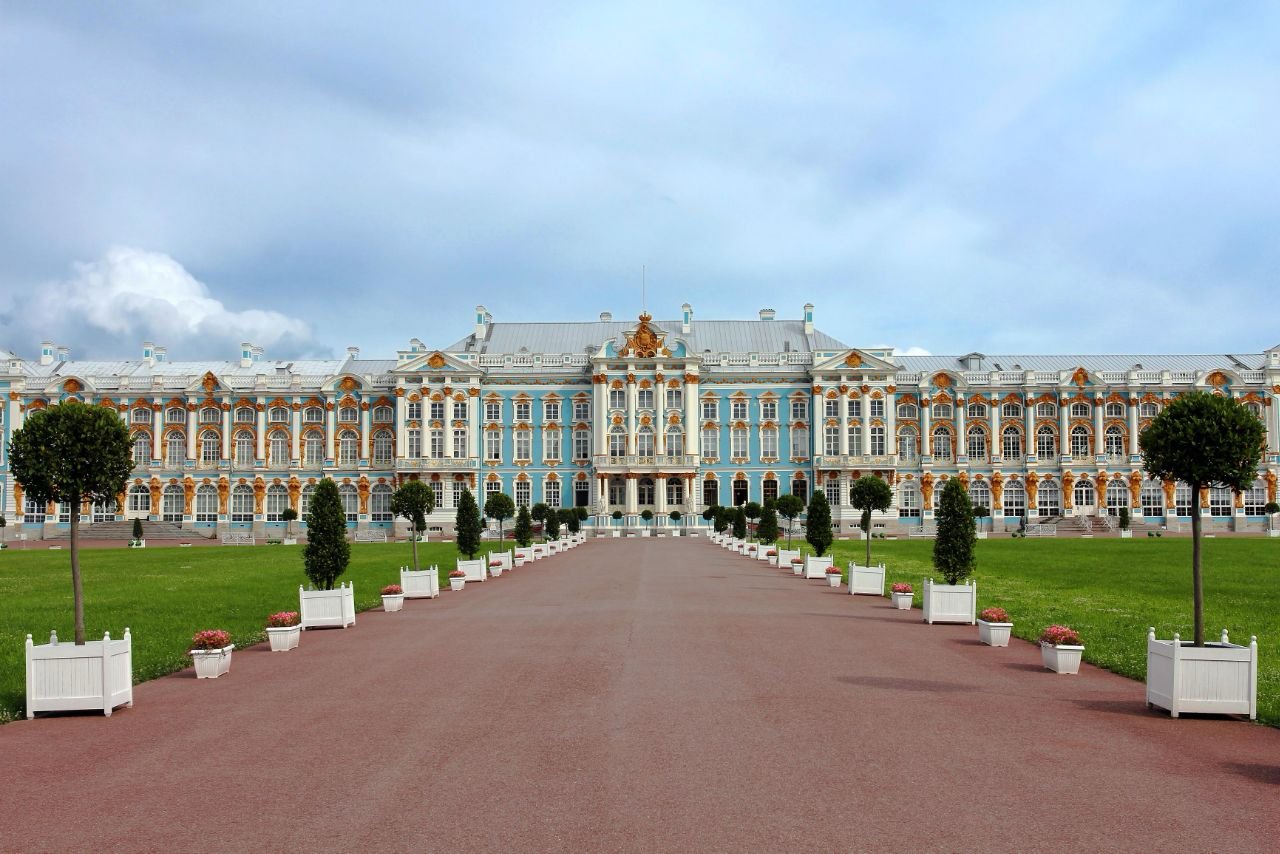
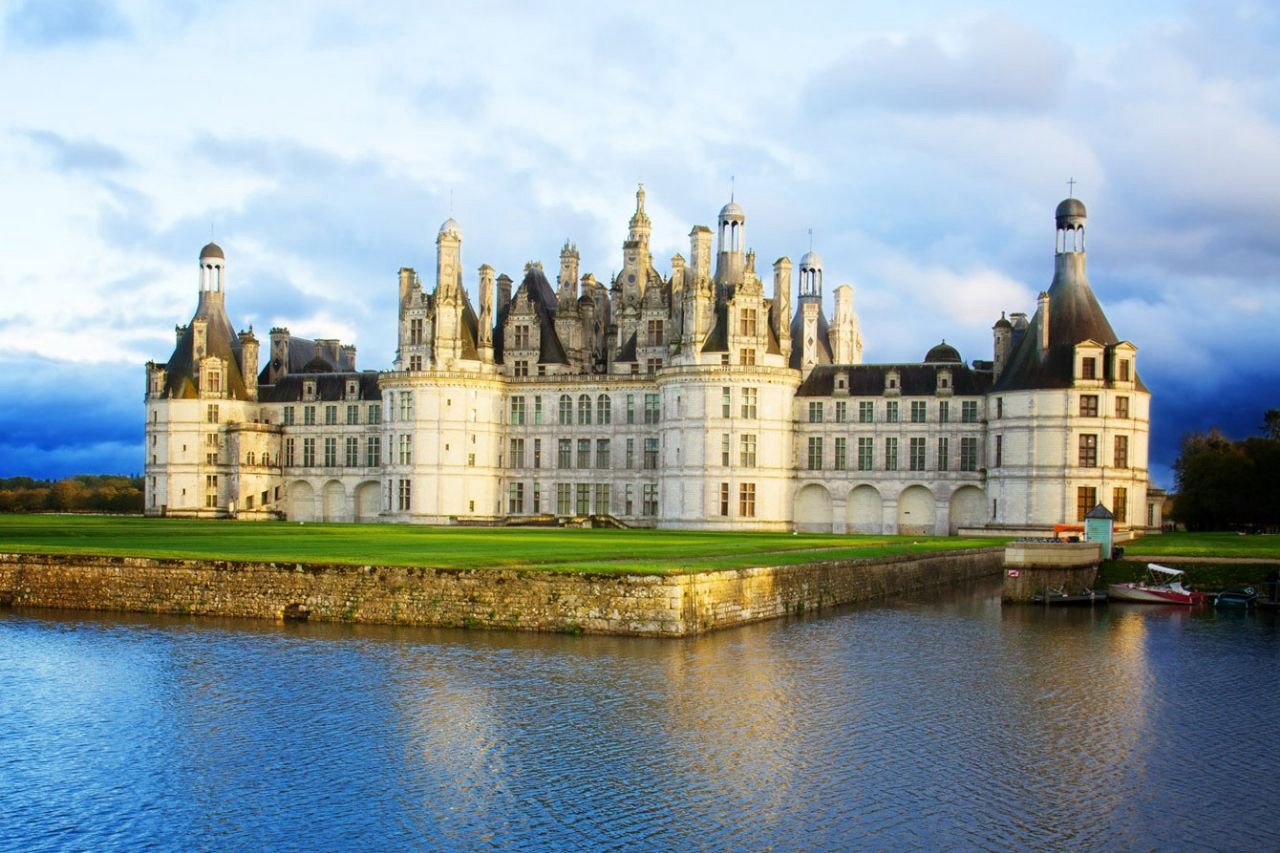
Not wanting to be outdone by his sons, in AD 865 Ragnar Loðbrók resolves to conquer England, but why he chooses to do this with only two ships we can only guess. This decision proves foolhardy when he is captured by the superior English forces of king Ælla of Northumbria. Captured Ragnar is then executed by being thrown into a snake pit to die in agony, slightly ironic given the serpent he slew in his earlier years. In the same year the sons of Ragnar led by Ivar the Boneless formed what would become known as the ‘Great Heathen Army’ – as named in the Anglo-Saxon Chronicle - which invaded England to wreak revenge for his execution. This army aimed to conquer the four kingdoms of East Anglia, Northumbria, Mercia and Wessex and manages three out of four however, it was unable to subdue Wessex which was commanded by Alfred the Great – with whom a truce was made in AD 878.
The following year in AD 879 saw the death of Rurik, and on his deathbed he bequeathed his realm and dynasty to his son Igor – however, Igor was too young and power had to be entrusted to one of Rurik’s kin named Oleg until Igor came of age. In AD 882 Oleg continues the expansion of Varangian Rus territory by taking the southern city of Kyiv from the Khasars, and moves his capital there. This power shift means that there are now northern and southern capitals in the early Medieval state of Kievan Rus; Novgorod and Kyiv respectively.
A later successor of the Rurikid dynasty is named Vladimir / Volodymyr, which is a masculine Slavic name meaning ‘to rule with greatness’, ‘peaceful ruler’ and also ‘ruler of the world’. Vladimir comes from the Old Church Slavonic ‘Volodiměrǔ’ in which we can see the name ‘Meru’ which we talked about extensively in previous articles with its intrinsic links to the old north pole – it’s easy to see how this name came to mean ruler of the world in that respect. This is turn stems from the Old High German ‘Waldemar / Valdemar / Woldemar’ consisting of ‘Wald’ meaning Power / Prightness, and ‘Mar’ meaning Fame, its ultimate root seems to be the Old Norse Valdamarr – once a title given to the king of the Danes.
Vladimir is born in AD 958, and becomes ruler after overthrowing his brother Yaropolk in 978. In AD 987 he forms an alliance with Basil II of the Byzantine Empire - also known as the Sultan of Constantinople – by marrying his sister Anna. In doing so he brings the whole of Russia, Ukraine and its allied territories under the yoke of Christianity thereby converting them all. Prior to this he would have most probably revered the thunder god Perun – as mentioned in the section on Ynglism - but Pagan temples and icons are destroyed, and in 988 he baptises his twelve sons and many boyars in official recognition of the conversion. He also sends out a message to all residents of Kyiv; that they should assemble at the banks of the river Dnjepr the following day – where they were all baptised in the waters while Orthodox priests prayed, in an event known as the ‘Baptism of Kyiv’, and in AD 989 he builds the first stone church in Kyiv called the ‘Church of the Tithes’.
The Van language, and its descendant tongues are now being pushed out all together as Orthodoxy brings with it the ‘Cyrillic’ script, an alphabet based closely on the Greek, but with around a dozen extra characters created to represent Slavic sounds not found in the former. Although I have seen arguments on this point, the Cyrillic script was created by a Greek monk named Cyril, and his disciples who brought written language to Christian converts in the mid-9th century – their earlier version or first crack at this was known as the ‘Glagolitic script’. All teachings are now in Cyrillic, and of course the only book allowed is the Holy Bible
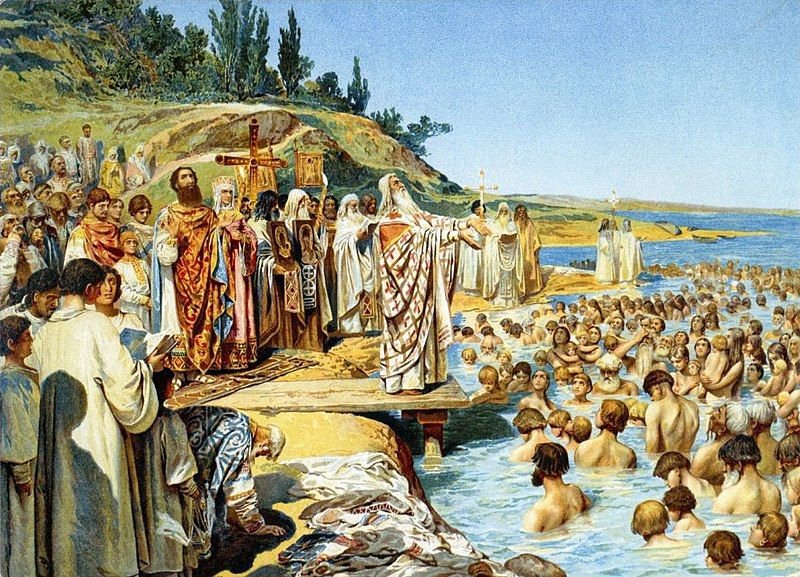
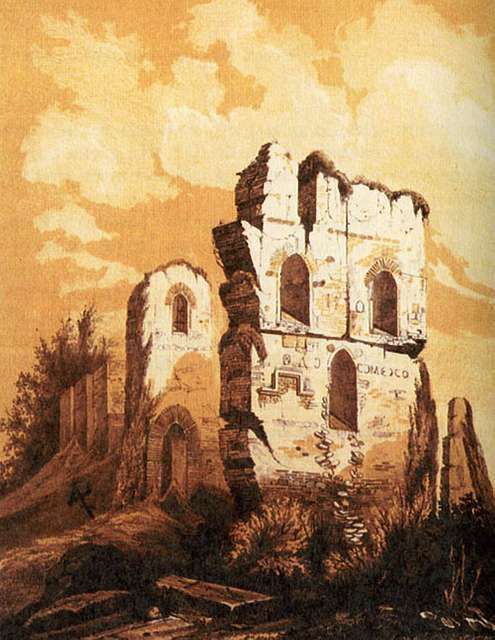
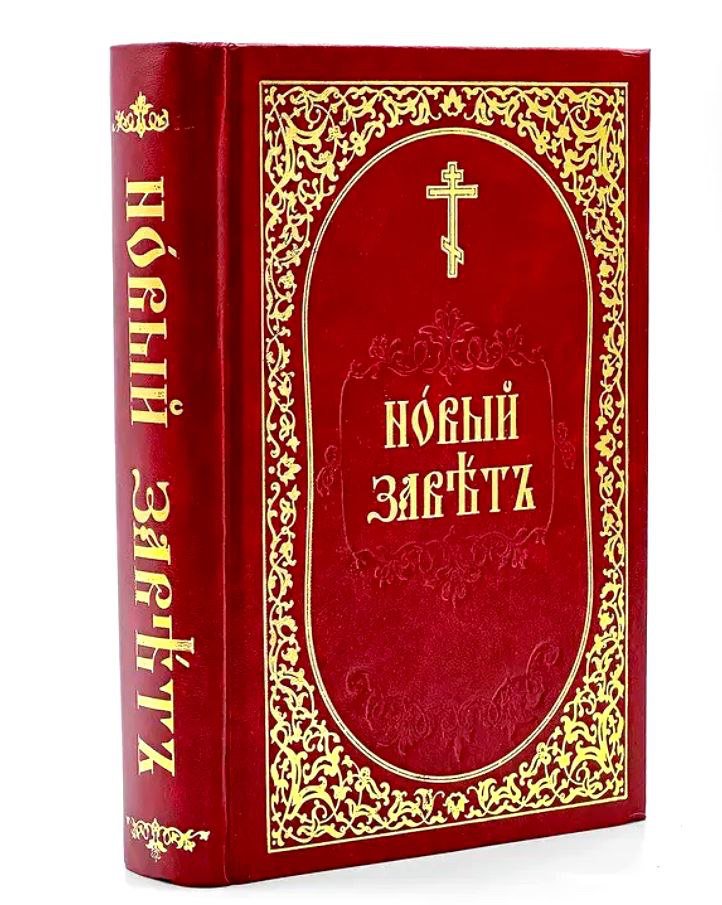
The conversion of such a large swathe of lands and people to Christianity is of course another huge blow to the once global influence of the remaining Aser in Odenma. Something huge is brewing and the Aser know it, but of course being the descendants of the original gods they were always one step ahead – they knew full well that there was another crisis on the horizon. Thanks to their ages-old wisdom, astrological predictions and future stories such as the story of Kristina, they knew that the third destruction was coming, the final Ragnarök. They can feel the now mighty institutions of the Catholic and Eastern Orthodox churches forming two giant arms that are coming to crush them from the south and the east – kingdoms all around them are being converted left right and centre, with the Church and its missionaries unrelenting in their crusades. The Heathen-dome was collapsing, and the heartlands north of the Baltic – the original holy land - are now the last Pagan stronghold of the old world, but the approaching forces are of an inverted nature compared with the old school Pagan military whose role had always been in the global procreation system, and whose weapons were only ceremonial – the Aser had no means of defending against any kind of attack, they were a peaceful and non-violent culture having no wish to convert, enslave or massacre anyone for any reason.
In AD 987 the Aser begin moving important things, hiding ancient sacred items, sealing most of their sacred sites. The contents of Raseborg castle were removed and hidden in the nearby ‘Offerlund’, originally meaning exactly what it looks like; offer-land. Originally this would have been a place with some function pertaining to offering from oneself within the old system, but post-inversion and it has come to mean a Sacrificial Grove, where a different kind of fluid is spilled. Items that were hidden in the surrounding countryside included life-sized golden Bocks, (goats), and three crystal balls once used by the Hexa – one from the Paradis, one from Altlandis and one from the modern era. Most importantly they seal the entrance to Lemminkäinen / Balders temple where mankind had stored its most important treasures since the beginning of time – it had to be kept safe for the future and out of the hands of the Church. The plan was that they would be left for a thousand years, meaning that the Bock living in the year 1987 would have the right to open it / them, but more on that to come.
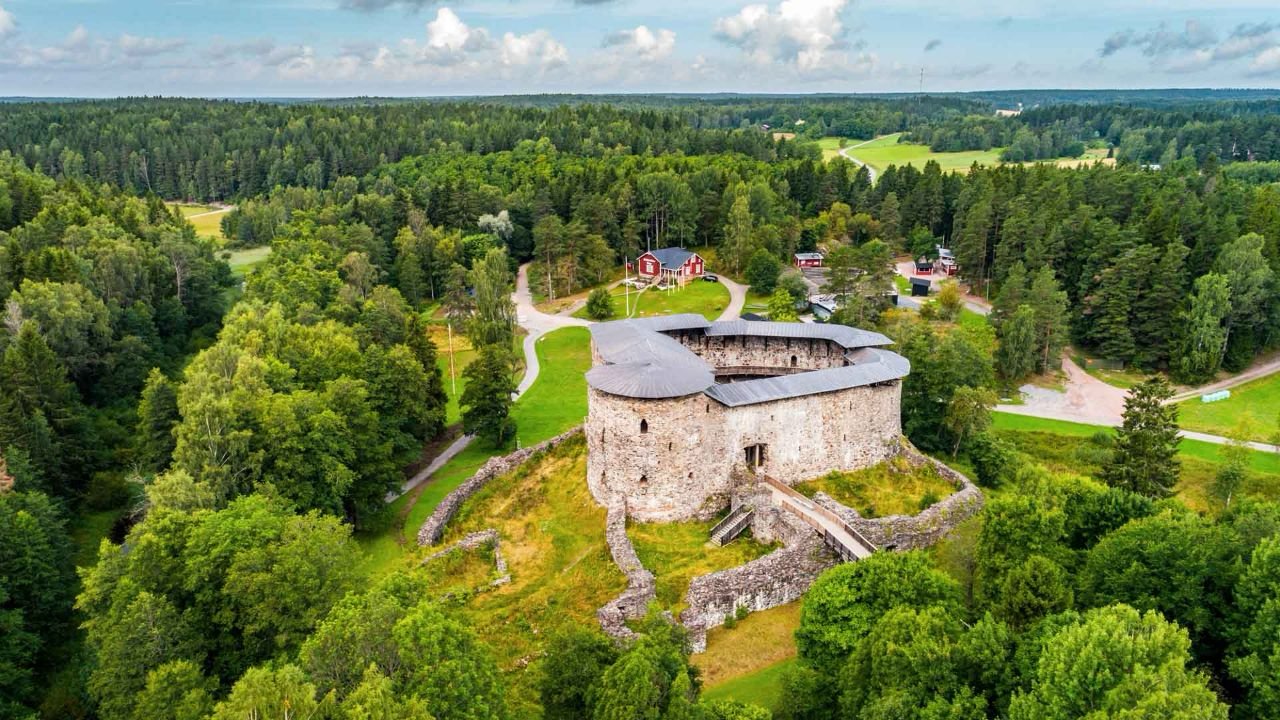
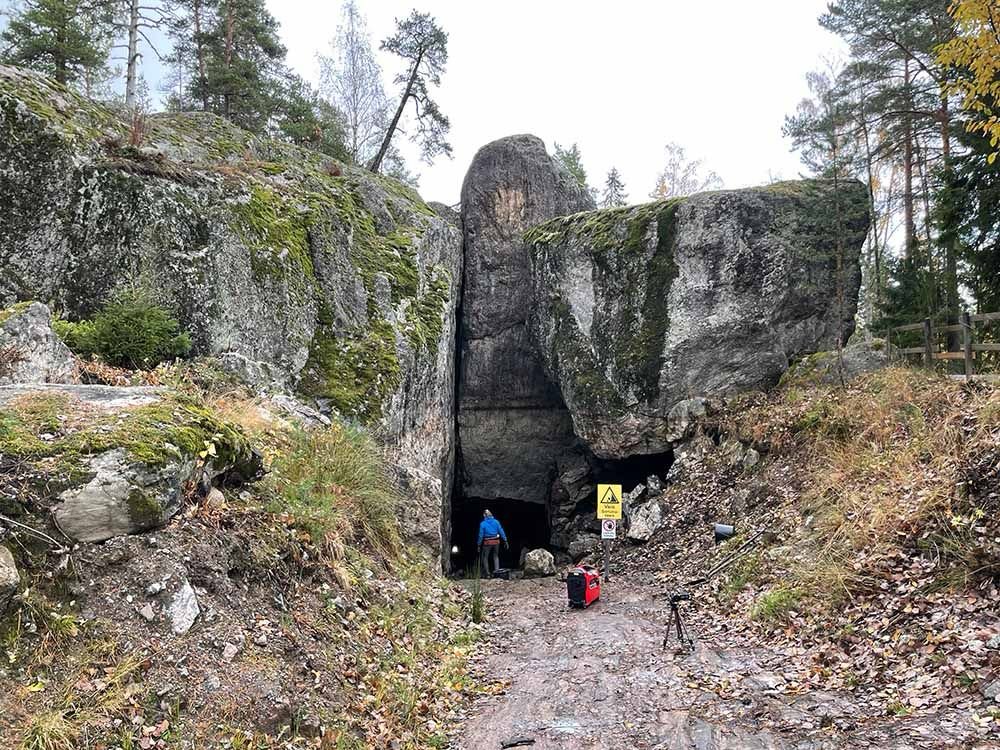
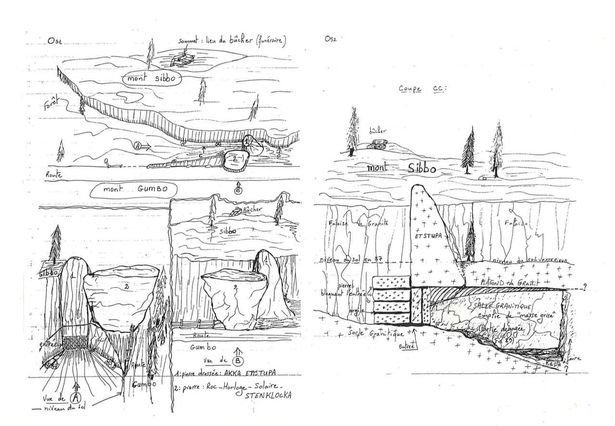
After Björn Järnsida Ragnarsson became king of the Swedes he had two sons, Erik and Refil Björnsson, with Erik eventually succeeding him – this was the Munsö family line, or the House of Uupsala. He in turn was then succeeded by his nephew Erik Refilsson. The sons of Erik Björnsson were Önund Upsala / Anund Uppsale and Björn på Håga / Björn at Haugi (Björn at the Barrow) who co-ruled – they are mentioned in Hervarar Saga. Next to succeed is Erik son of Anund (Anundsson or Eymundsson for some reason), who is then succeeded by his son Björn Eriksson, who is in turn succeeded by Olof Björnsson circa AD 970 who is eventually succeeded by Erik the Victorious.
Erik the Victorious is the first Swedish king recognised by the mainstream as coming from multiple provable sources, meaning rulers prior to him are not considered official – a problem we also see with the Egyptian and Sumerian king-lists, where the earliest entries are dismissed as if they never existed - although they can be explained by the use of hereditary titles as previously discussed. However, his son Olaf Skötkonung is considered to be the first ruler accepted by all tribes (Swedes and Geats), standing on the threshold as it were of written history. Olaf becomes king in AD 995 and is the first king in Sweden to mint coins. His reign is considered to mark the transition from the Viking age to the Middle Ages, which is highlighted by his conversion to Christianity in AD 1008, whereby he is baptised in Västergötland [West Gothland] by Bishop Sigfried – a missionary originally from Britain. The original line of Lingaet which stemmed all the way back to their progenitor Sven was now officially Christian. Sigfried was purportedly dispatched to undertake the task of officiating the baptism by Archbishop Bruno of Querfurt in Merseburg, Germany, who is beheaded himself in 1009 on the Kievan Rus / Lithuanian border for trying to spread Christianity, subsequently martyred and is known as the second ‘Apostle of the Prussians’, or Saint Bruno. Olaf is eventually succeeded in AD 1022 by his son Anund Jacob ‘Kolbrenner’, which means Coal Burner due to his propensity for burning the homes of his enemies – remember that name. In 1015 Czar Vladimir the Great dies and is also canonised, but this term no longer means anything to do with its Pagan origins, and very soon neither will the very place where it would have originally been used.
Final conflict. We will now set the stage for one of the most pivotal moments in the timeline and, as this author feels – the most shameful and vile act in all of human history, and one that would send us back to the stone age in terms of understanding our true origins. The religion-monster has claimed almost all territories, France and England have fallen, Sweden and Rus-land have fallen, and the Aser are literally surrounded. There are no more true kings in the world, they’re not allowed to be as Jesus is now king – they are church-kings. A further startling fact is that almost all preserved stories of kings-of-old are actually church-kings, partially owing to the newly written records superseding anything which had previously been passed down orally. These sources were from un-civilised times of Pagan orgies and other beastly horrors after all and were not to be trusted by the Christian world with its single God in the sky.
Meanwhile, the actual gods living at what once was the top of the planet - the very concept of which became abstracted to the celestial abode of God - know their time is coming, and they’ve known it for a very long time. The Aser knew that there would be a total of three destructions called Ragnarök, the first was 50,010,039 years ago when the earth tilted over causing the ice-age of Altlandis (when Hel froze over), the second was in BC 8016 when melting ice destroyed Hel again and caused the great deluge. It seems that it wasn’t just the Aser who knew about these predictions though, and in AD 1048 the Vatican under Pope Leo IX begins to put a plan in motion by hiring thirty-thousand Swiss mercenaries paid in gold – good old neutral Switzerland eh? The plan being to destroy Hel and everyone in it, having already inverted it in their book to being the worst place imaginable, and so the ‘Helvetian’ army marches north to wipe it from the face of the earth. A more local and therefore cheaper army of Swedes could have done the job, except that they are too closely related to the nobility next-door, and only relatively newly-converted – they couldn’t be tested for this mission. The Pope knew that the Swedes were still Heathen deep down, which kind of shows that he also knew that when you force Re-legion onto people it doesn’t create steadfastly loyal adherents – especially when you try to sell an embellished story of a prophet in the Middle East back to the area he came from in the first place.
The army assembles in Lübeck northern Germany in the summer of AD 1050 from where they march to the coast in order to set sail for the island group of Åland, which sits just inside the Gulf of Bothnia, and it must be noted very close to the so-called ‘Baltic Anomaly’. Here they rendezvous with Anund ‘Kolbrenner’ Jacob and Bishop Sigfried – now Bishop of ‘Sigtuna’ - who lead the mission over to Odenma after killing all the Vaner on the island. The Helvetian merc’ army lands on a peninsula named ‘Getnäs’ or Goat nose, which is called Hanko today, on the western border of Odenma on the 24th of July 1050 – Ragnarök day. The Vatican knows of the Aser’s own mythology, and dutifully arrives on exactly the right day to be the arbiters of Kris (crisis) on Kristina day. They kill everyone here and raze the town to the ground, before marching forward toward Odenma proper. Upon reaching a good distance the army spreads out and forms a ring around Hel completely surrounding it then, when the order is given to advance they begin to slowly close the noose around the former cradle of civilisation. It is rather poetic that a ring of a different nature would destroy the place where another ring once gave life to the planet, ironic even. They methodically destroy every single building, structure or monument, anything that can be burnt is torched, as every last vestige of Heathenry is obliterated. The inhabitants are brutally murdered, and some that manage to get away jump into the Finnish Gulf and swim out to the islands – they aren’t followed as the Swiss soldiers cannot swim because they come from a land locked country. While the former king of Sweden is recorded elsewhere as Anund Kolbrenner, to everyone that knows the truth of the events of that fateful day he is known as Anund ‘Helbrenner’ – The Burner of Hel!
The hired goons of the Vatican destroy everything, including the seven temples and other structures on the seven islands including Valhalla and the Asgård Arena. Stones from the main structures that had stood since its reconstruction after the 2nd Ragnarok, along with any remaining artefacts that can’t be burnt or melted, are dragged out onto the frozen gulf later in the year so that when the ice melts the following spring it will sink to the depths and disappear forever – hence: ‘Helsinki’. Also present alongside the Swiss army of mercenaries are a contingent of Germans for some reason, I have not found any information as to exactly what they were doing there – however, we do know that they left and returned to Bavaria with the original recipe for beer. The Germans became the kings or beer, and the oldest brewery in existence was established in AD 1050 no less, where still to this day ‘Bock Beer’ is brewed. However, definitely not to the exact original recipe, the fermenting agent for which actually came from sperm. According to Ior Bock, a man’s sperm should be considered as similar to yeast, with a similar or related process occurring during fertilisation. We can find etymological evidence of this in the Swedish language, where synonyms for ‘Semen’ include Germ. The word for ‘Semen’ is Sädesvätska, which begins with ‘Säd’ or Seed, and all seeds germinate – in fact the image of the very first sprout coming out of a seed is near identical to that of a sperm’s tail protruding from an egg.
A day later on the 25th of July, and Bishop Sigfried has a loose end to tie up – that loose end is king Anund. He and the Catholic Church cannot risk information of this clandestine mission reaching the Swedes, or anyone else for that matter – the Aser despite not having a major worldwide influence are still highly respected at this stage, people might have been converted on the surface, but they still knew what was what. They had just killed the direct descendants of the real Adam and Eve, and destroyed the history of the human race, it had to be kept under wraps. It is ironically said that Anund’s reign saw the increasing dissemination of Christianity, as well as repeated attempts to influence the balance of power in Scandinavia – it is also said that he is thought of positively in German and Norse historical sources. He is officially recorded as dying in 1050, and there is uncertainty about this date apparently, this is because the truth was never recorded; king Anund Helbrenner was poisoned by Bishop Sigfried to hide the crime - this is why the event doesn’t appear in any of the Swedish sagas. The distinctly unholy alliance between the Vatican and the Swiss continues to this day (Swiss Guard).
The following year they return and burn down all the family oaks (Vårdträd) where the ashes of countless generations of people from all over the planet had been deposited over the aeons – luckily the mighty ash Yggdrasil survived the onslaught for now, but the old north pole now looked rather more akin to the ‘fire and brimstone’ version of its inverted namesake. The Catholics search for Lemminkäinen temple but luckily don’t find it, which at this stage has been hidden for over sixty years. They also destroy Raseborg castle as much as they can but even they cannot destroy the huge stones on which it is built
To borrow a phrase from Carl Borgen – “The kingdom of the Roset family, also known as The Kingdom of the Roses, fell asleep for a very long time…” – a line that gives this author goose bumps. So much has been lost from the world, and it really does offend me that the perpetrators pretend to be some kind of guiding light in a world they plunged into darkness for their own selfish reasons. We shall analyse their aims in subsequent articles, but the irony of destroying the original ring of life with a ring of death tends to steer my thoughts back to The Lord of the Rings, and to illustrate this I have reworked the opening monologue from The Fellowship of the Ring.
The world is changed. I feel it in the water. I feel it in the earth. I smell it in the air.
Much that once was is lost, for none now live who remember it. [SYSTEMATIC EROSION OF HISTORY]
It began with the forging of the Great Rings. [RINGLANDS]
For within these rings was bound the strength and the will to govern each race. [OFFER-RING / RA
One ring to rule them all. [HEL / ODENMA]
[INVERSION] – Ring of life becomes ring of death via the Church.
One by one the free [HEATHEN] lands of Middle-Earth fell to the power of the ring [CHURCH], but there were some who resisted. [VIKINGS]
…and some things that should not have been forgotten were lost. History became legend, legend became myth, and for two and a half thousand [1000] years the ring passed out of all knowledge. [APART FROM THE ELITES & BOCK FAMILY] – until 1984.
But fear not dear reader, the Aser knew all of this was going to happen, even down to the day when it would occur – so of course they didn’t hang around and wait for the Catholics, and the most important members of the family had made their escape northward prior to their arrival. They took a golden Bock and the crown jewels from Raseborg with them to Kajaani Castle in what is described as northern Finland, but geographically speaking is in the middle, parallel with the north-eastern shores of the Gulf of Bothnia – today it’s called ‘Kajaanin Linna’, but it was once known as Karljarlepuuri or Karljarleborg, a castle where the Jarl and Karl would once have taken part in matters pertaining to breeding. It is credited as the oldest northerly stone castle in Europe, but the original is long gone – submerged by a lake, and some of the stones were used in the blatant reconstruction on the shoreline which is passed off as original despite the obviously shoddy stonework. The regalia of Ukko and Akka, the original Finnish royal family, which according to mainstream chronology never even existed were hidden in a lead lined box at the bottom of a well in the old castle, and modern LIDAR scans have revealed a large metallic object in that exact location. It does not serve the purpose of the current owners, nor the Finnish government to allow permission for this to be excavated, and so for now they remain – we hope in a good state of preservation.
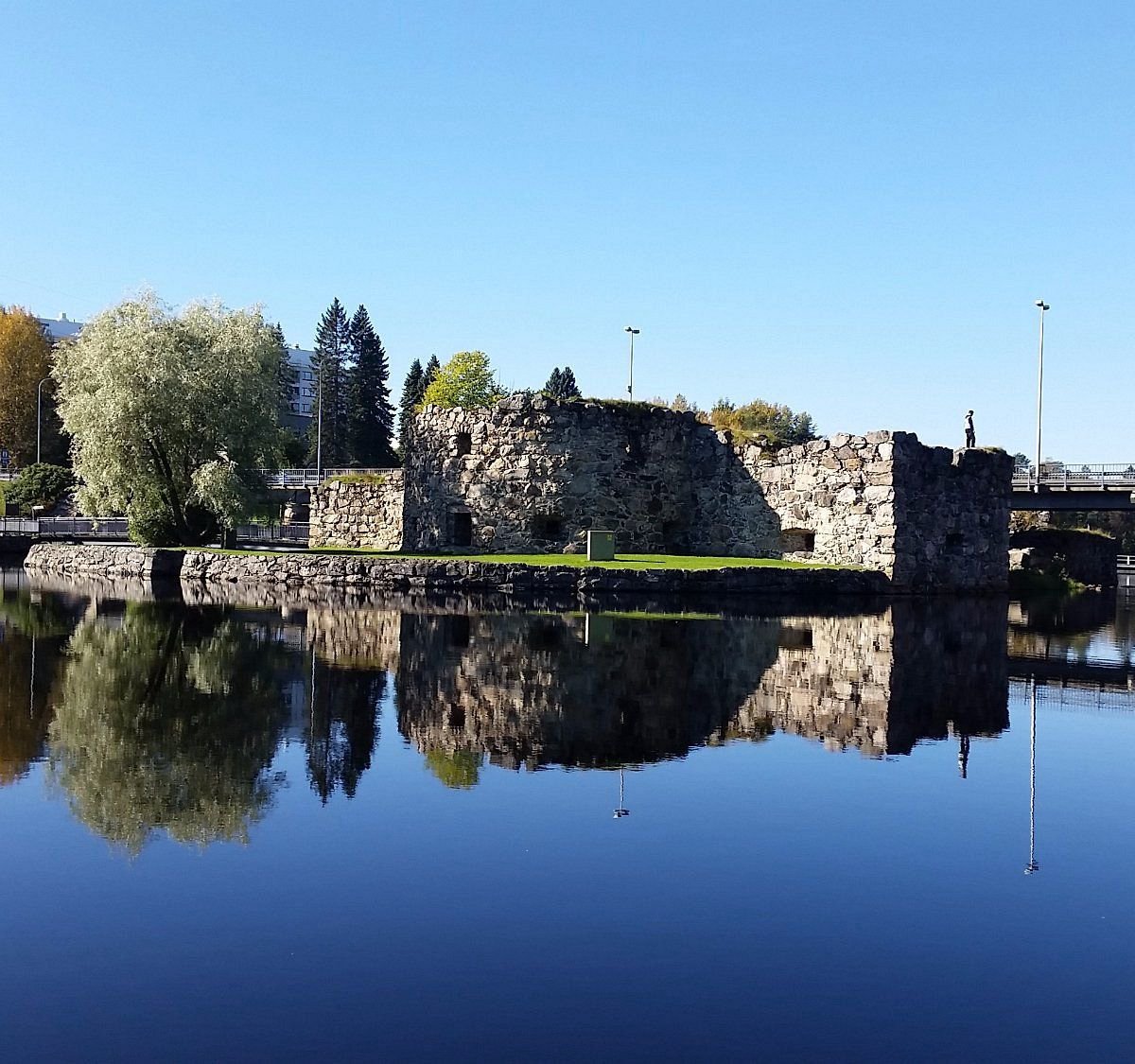
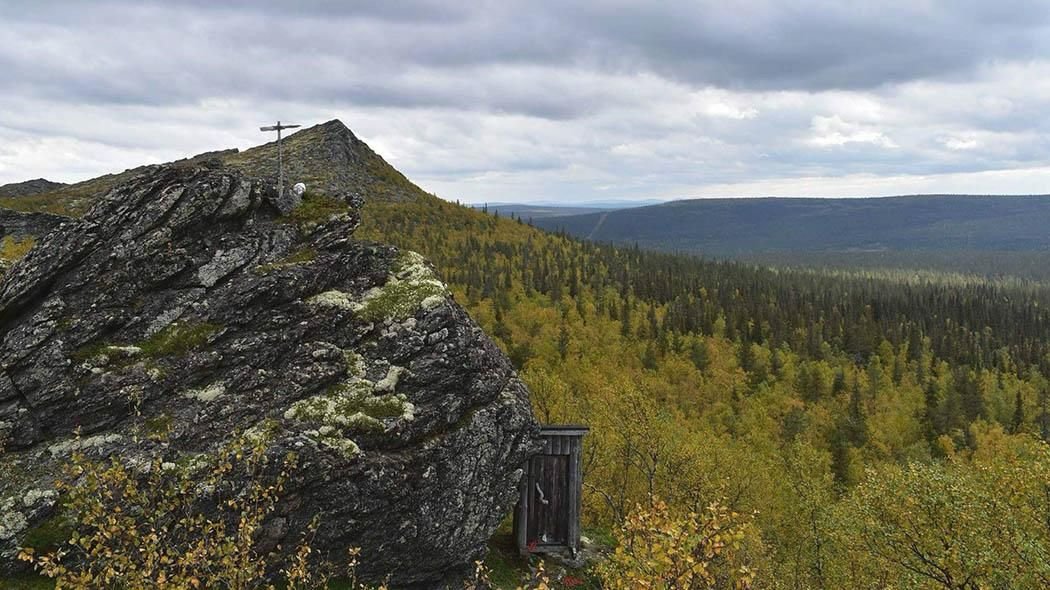
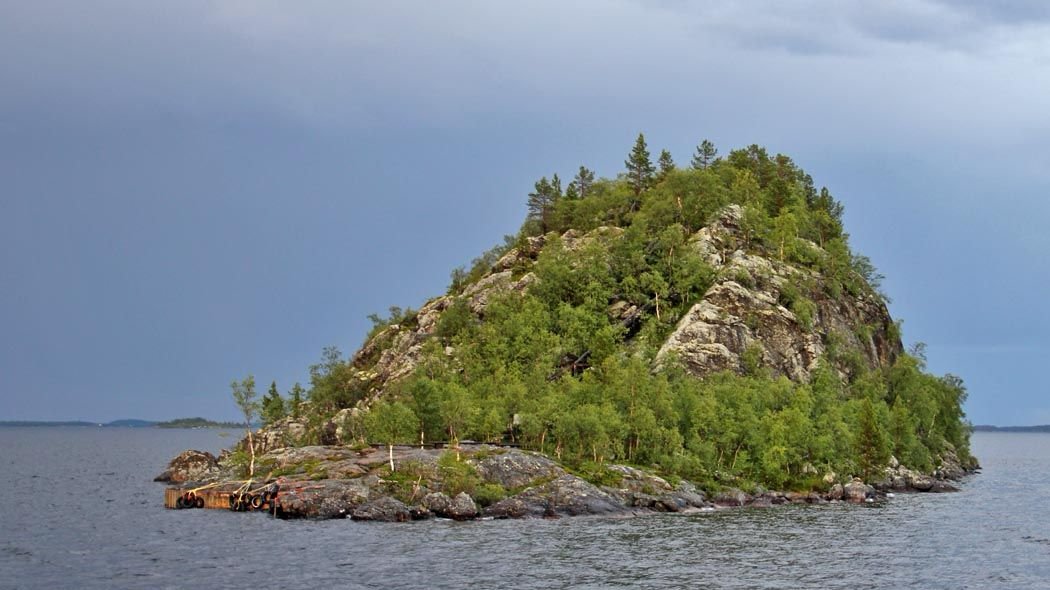
Ra and Maija remain at Kajaani Castle – which becomes the line of ‘Raström’ (stream of Ra), while Bock and Svan together with Ukko and Akka travel much further north to hideout at Korvatunturi amongst the forests and swamps of Lapland – becoming the line of ‘Boxström’ (stream of Bock). Korvatunturi is a fell or mountain in a similar klipphal shape to that of Lysnar Berget (listening mountain) in Odenma, and fittingly the ‘Korva’ in Korvatunturi means Ear. Some 50 miles north-west of here is the huge lake Inari which has many islands, and a whole area named after Ukko – Ukonselkä. In the area of lake Inari named Ukonselkä is an island called Ukonsaari (Ukko’s Island), on which is Ukonkivi, or – Ukko’s Rock – all of which in the modern understanding of the Finnish people are named for the old thunder god, most have no concept of the older-still All-Father, apart from the Sámi whose ancestors would have known the Ukko that escaped the hands of the Catholics and his descendants. The island is steep-sided and rocky with a few trees, and stands out being around 30 metres high – an excellent vantage point.
The Sámi call this island ‘Aijihsualui’ and it is their most sacred site. ‘Aijih’ is the Inari Sámi name for Ukko god of thunder / Thunderer / Old man / Grandfather – these are identical to the Finnish mythology which developed in later centuries, no doubt influenced by information from the Sámi. In AD 1873 an English archaeologist named Sir Arthur Evans discovered a cave on the island, at the entrance of which he found a half-circle of antlers. After excavating various parts of Ukko’s Island he found more antlers, bones and also part of a filigree-decorated piece of silver jewellery, in a style which experts say originates in eastern Russia. Could this have been a piece of Aser jewellery? We can’t say for sure, but it would be nice to think so – especially given that the exiled Boxtröm family would come here often, with Ukko addressing his clansmen from amongst the boulders and pines
The Sámi are ironically in modern times labelled as the only indigenous people of Europe, which couldn’t be further from the truth. Sometime circa BC 3500 some Tibetans had a disagreement with the emperor of Ki-Na (China) and had no choice but to flee – so who did they ask for help? Why the Aser in Odenma of course! They made the arduous journey up to Finland and met with the Ra of the time and his father Ukko, and asked if they could settle somewhere. They were granted permission to live in the northern parts of Finland west of the White Sea, some of which is in modern-day Russia – but it was ideal as they were used to climates like this. It is said that official documents were drawn up regarding these arrangements, and that they were sent to Tibetan monasteries, and it is further rumoured that when the Dalai Lama fled to Dharmsala in the 1950’s he took these documents with him which could still exist. The Sámi called their new lands ‘Sápmi’, which may be related to the fact that they were granted by king ‘Seppo’ a.k.a. Ra. The Inuit and Eskimo peoples of Canada are the descendants of the Sámi.
The figure of Ukko Väinämöinen is well known and respected in northern Finland in these times, and he becomes even more well known when he has to switch his primary mode of transport. Whilst in Odenma he would travel his kingdom on a chariot drawn by eight bocks, but up here in the north in the tundra, ice and snow of Lapland that won’t work, he needs a hardier animal and so switches to a sleigh drawn by eight reindeer. Thus the All-Father in exile transforms into the legend of Father Christmas, or ‘Jolly old Saint Nick’. The word ‘Saint’ comes from the Root ‘San’ meaning True, and as a previously functioning breeder he would have created a ‘Nek-klas’ – a class of people that came from the ‘neck’ of his breeding equipment. So we now know why Santa Claus gives presents to all the children of the world, because they once were all his children – the modern character of our beloved Père Noël is in fact a representation of the last Pagan All-Father of the planet, exiled to the frozen-north by the Vatican. This means that Ukko god of thunder from Finnish mythology, Väinämöinen from the Finnish Kalevala and Father Christmas – all supposedly fictional characters – in reality all stem from the old All-Father from Hel.
Standby for the continuation in part 7.
………………………………………………………………………………………………………………………………………………………………….
V-1.0 © Renegade Signal 2024.

















